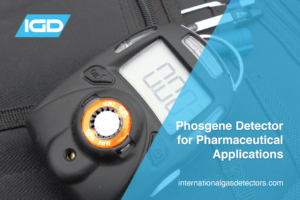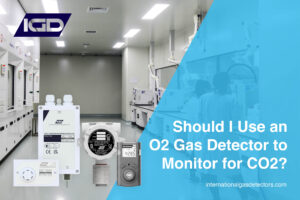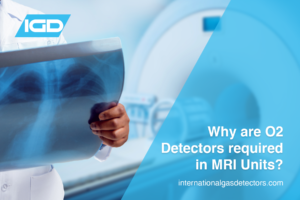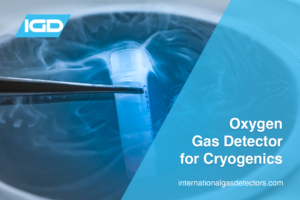The laboratory can be a dangerous place. From trip hazards, flammable materials and even bio-hazards. Furthermore, there are many aspects of risk minimisation that need to be considered to create a workplace that is both safe and compliant with health and safety legislation. One particular hazard that is common to many types of laboratory, from the life sciences, to physics research, is the hazards posed by gases.
Gases can be a chemical hazard in themselves, in the case of substances like Chlorine(1) and Nitrogen Oxides(2), which are corrosive and toxic. Therefore, to ensure compliance with COSHH regulations check occupational exposure levels in HSE document EH40 or the supplied MSDS. Even seemingly innocuous gases, like Nitrogen and Argon, which are famous for being chemically inert, can instead pose asphyxiation risks if leaks occur in poorly ventilated places. You must also consult ACOPs published by bodies such as the British Compressed Gases Association.
Another category of risk posed by gases used in laboratories is the explosion/flammability risk. Gases are typically stored in pressurised cylinders, and improper handling can lead to cylinder damage with sudden pressure discharge and explosions.(3) Any small spark from electrical equipment like vacuum gauges or hot surfaces can be sufficient to trigger a fire. Remember also that an Oxygen leak causing localised Oxygen enrichment will multiply the flammability risk many times over.
Furthermore certain gases also pose a toxic hazard for example, Carbon Monoxide (CO) and Nitrous Oxide (N2O). Toxic gases have Short Term Exposure Limits (STEL) of 15 minutes and Long Term Exposure Limits (LTEL) of 8 Hours. Toxic gas occupational exposure levels can be found on both the HSE EH 40 (or OSHA for US) or on the supplied MSDS sheets. It is a requirement to ensure employees are not exposed levels that exceed the STEL or LTEL.


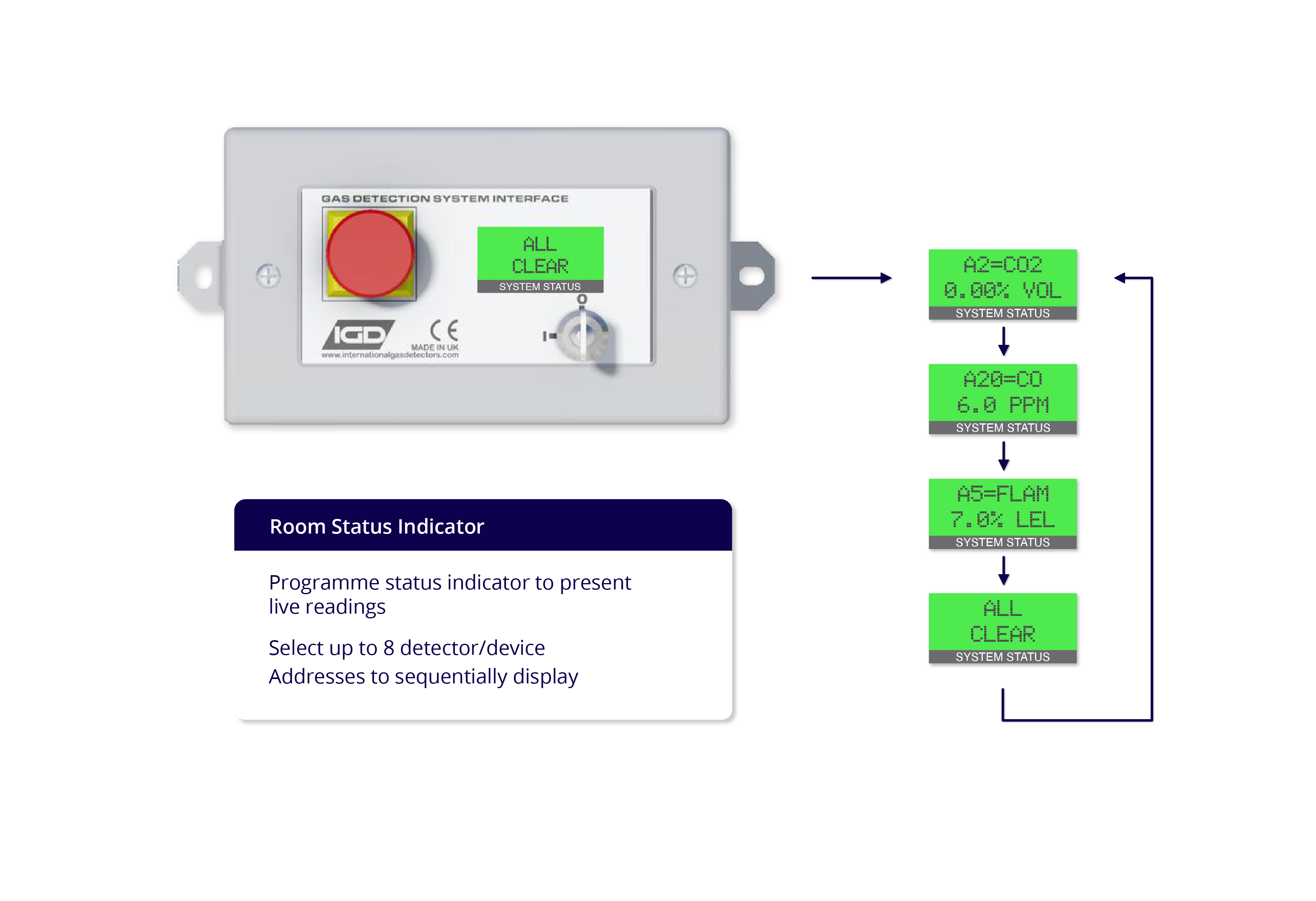
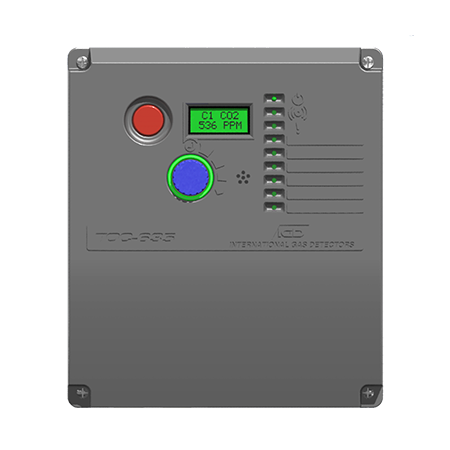

 TOC-750 Safe Area Addressable Detector
TOC-750 Safe Area Addressable Detector TOC-750 Addressable VOC/PID Detector
TOC-750 Addressable VOC/PID Detector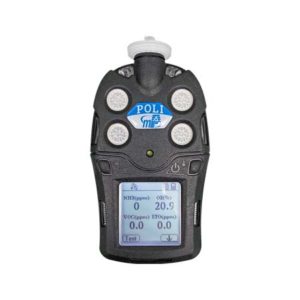
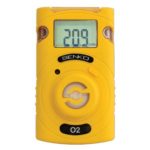
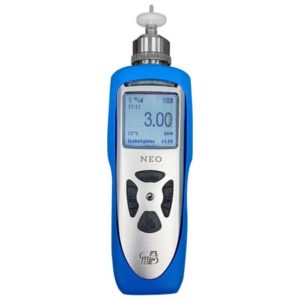 NEO PID/VOC Portable Detector
NEO PID/VOC Portable Detector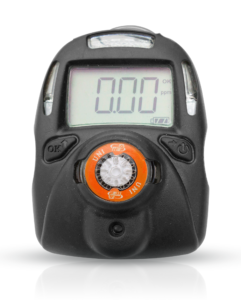 UNI Single Gas Portable – Over 30 Sensor Options
UNI Single Gas Portable – Over 30 Sensor Options